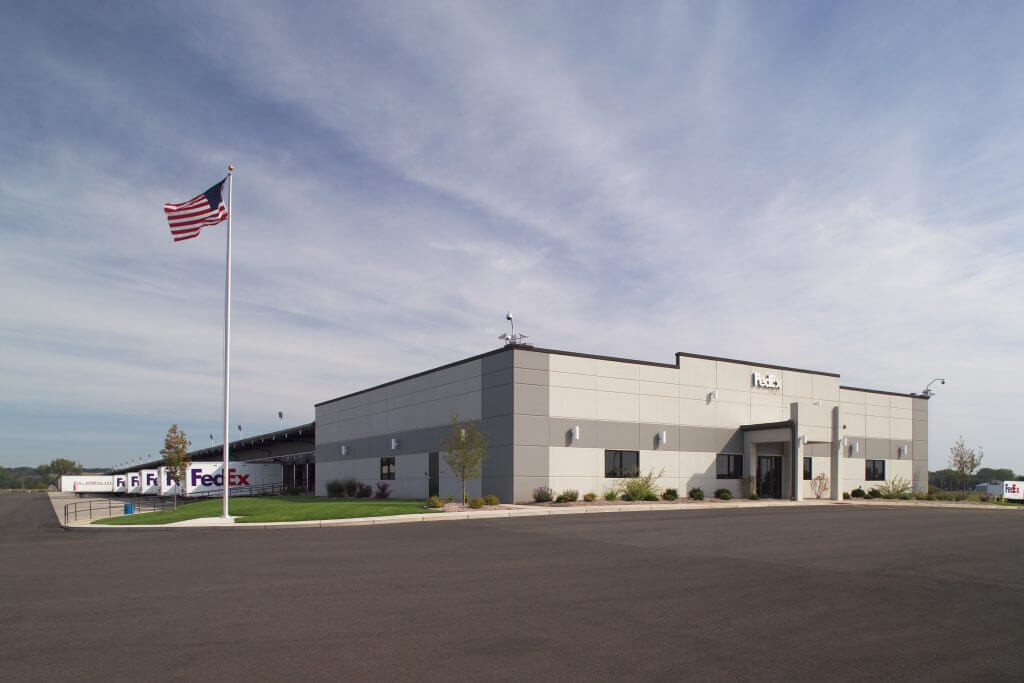How Commercial Buildings are Getting Smarter
Posted on April 6, 2020 by Fredrick MooreThe transformations brought about by computer technology over the last few decades have reached just about every facet of life. Events like the Consumer Electronics Show (CES) showcase the ubiquitous and appealing nature of the fruits of our electronic age, while others like the International Builder’s Show (IBS) display how building design and construction are advancing from technology. In particular, all people involved with metal building systems are benefitting from these available, evolving technologies on several fronts:
Engineers and Designers
Computer-based engineering and modeling programs have been in widespread use for some time. This software allows for different design iterations to be calculated and analyzed much more quickly using structural loading information that is project specific. Cloud-based software for designers allows the programs to update automatically, while providing a platform for multiple parties to access and interact with the design as it is being developed. Integrating other building components and systems into a 3-D model allows for coordination of all of the systems, and the opportunity to identify and resolve space conflicts ahead of time. With all of the above as a basis, the goal is to be able to use software to design in real-time, make changes, and analyze form and function impacts instantly. This computerized approach connects engineering directly to manufacturing so the total process is streamlined and timelines shortened. Using advanced digital tools means there can be an easy and seamless data flow from design to manufacturing.
Manufacturers
Computerization of the manufacturing process applied to metal building components helps to make everything more predictable, allowing more accurate pricing and potential cost-savings to customers. This can start with cost-efficient prototyping of parts using 3-D printing to analyze different options in full-size, allowing refinements, re-printing, and testing to be undertaken in a fraction of the time that conventional processes would require. Once products are in production, robotics can be employed for highly accurate, efficient fabrication. Each individual product can then be electronically linked to an order, and its progress tracked as it moves through the system. Forward-thinking manufacturers can then use the data associated
with all aspects of different products, allowing them to make further refinements and advancements. These computer enhancements streamline the ordering, fabrication, and tracking of metal building systems and components.
Contractor Customers
Giving customers the ability to virtually “see” the building in front of their eyes before they buy is now very possible. Using advanced tools like augmented reality (AR) that adds information to an existing scene, or virtual reality (VR) that creates the entire scene from scratch is a very exciting, emerging development. Once finalized, online ordering and tracking of building components allows for easier and better customer experiences from project inception through to the finish. This can start as soon as the order originates, and allows the customer to monitor the progress of drawings, fabrication, loading, and delivery. Convenience is enhanced by housing this information in a customer specific portal for access via computer, tablet, or cell phone. Manufacturers can also track this data to help improve overall company performance and service to customers nationwide.
Installers
The use of AR and VR can be used to help installers “see” how the different parts and pieces of a metal building system go together, either ahead of time as a preparatory procedure or during erection. The use of prefabricated components makes this possible in addition to reducing job-site waste and onsite labor concerns. In terms of meeting time schedules to erect a building, some companies are leveraging GPS and tracking software not only to know where an order is in the manufacturing process, but also to know where the delivery trucks are. This allows for more accurate scheduling of loading and unloading times, including lean construction concepts such as just-in-time delivery.
Building Owners and End Users
Smart buildings are increasing in popularity for many good reasons, but most significantly, they make it easier for owners and users to operate and maintain a building. For metal buildings, there are some things that are carryovers from the residential market such as smart (electronic) locks that can be added to doors provided by manufacturers. This could be particularly useful in metal storage facilities where security, control, and different levels of accessibility are important. Other technology options are directly relevant to commercial buildings, including energy controls. Smart walls, for example, can use sensors to detect and track information such as surface temperatures allowing for automatic HVAC adjustments. Similarly, smart windows can adjust the amount of solar gain allowed, or tie into security systems.
Whichever of the above categories you fit into, there are real, tangible benefits along with opportunities for exciting new possibilities. Manufacturers who have recognized these benefits and are embracing them, like Ceco, are out in front of the curve providing technological leadership. To find out more, contact your local Ceco representative.


